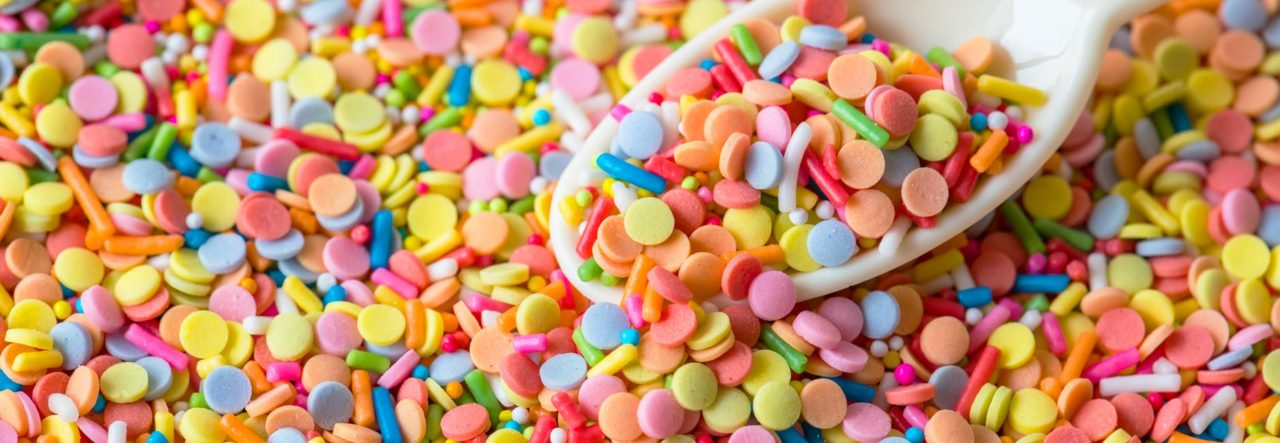So Much Slime
Author: Jason Lefebvre
Illustrator: Zac Retz
3 September 2024
Flashlight Press
32 pages
Book description: “Matty and his family make slime all the time. They know that it’s simple, stretchy, scientific, and super-squishy. But Matty’s slime demonstration at school turns into a disaster when he forgets the most important ingredient – saline! Instead of squishy slime, he’s up to his elbows in an icky sticky swamp, and it’s spreading fast. Can his classmates’ creative ideas save him, or will someone find some saline at school soon?
So Much Slime is an explosion of color with vibrant language, wild facial expressions, hands-on-activities, and a hilarious, outrageous plot. Perfect for art time in an elementary class or at home, So Much Slime celebrates creativity in every sense of the word. Companion to the award-winning Too Much Glue.”
Need some reviews of So Much Slime?
As a bonus, here’s an interview with the author at kidlit author Julie Hauswirth’s website.
Reading Activities inspired by So Much Slime:
- Before Reading–From looking at the front cover:
- What makes you curious about the story just by looking at the cover?
- Based on the cover illustration, what do you think the pictures inside the book will look like?
- How are things arranged on the cover? Does that give us any clues about what might happen in the story?
- Does the cover remind you of any other books you’ve read or movies you’ve seen?
- The title is So Much Slime! What do you know about slime? Have you ever made it yourself?
- What questions would you like to ask the author or the illustrator before reading the book?
- After Reading–Now that you’ve read the story:
- How did Matty handle his mistake? Did his classmates help or make things worse?
- Matty forgot a key ingredient. Have you ever forgotten something important while doing an experiment or project? What happened?
- The slime in the book spreads everywhere! What do you think is the messiest project you’ve ever done?
- How did Matty and his classmates work together to fix the problem? What did you learn from their teamwork?
- If you were friends with Matty, what would you do together? Would you make slime or try something else?
- How would you rewrite the ending if Matty never found the saline solution?
- Would you recommend this book to a friend? What part would you tell them about first?
- Slime Recipe Creation: Using the slime recipe at the back of the book as a starting point, experiment with different ingredients! Try adding glitter, food coloring, or glow-in-the-dark paint. What changes when you add these ingredients? Write down your results in a “slime lab notebook” to share with others.
- Slime Sensory Experiment: Gather different kinds of slime ingredients (fluffy slime, clear slime, etc.) and explore how they feel. Create a “Slime Texture Chart” where you rate how stretchy, squishy, or sticky each slime is. Compare your results with your classmates or friends.
- Slime-Inspired Soundtrack: Create a “slime-inspired” playlist or soundtrack for Matty’s adventure! Choose songs that make you think of how slime might move, spread, or bubble. Share your playlist with friends and listen to it while making slime or working on other creative projects.
- Slime Dance Party: Slime might be sticky and gooey, but it’s also stretchy and fun! Create a “slime dance” by coming up with different moves that mimic how slime stretches, squishes, and oozes. Dance to a fun, bouncy song and name your dance moves after types of slime, like “The Fluffy Stretch” or “The Glow-in-the-Dark Wiggle.”
- Further Reading: If you loved So Much Slime, you might also enjoy these books about (sometimes messy) fun and creative problem-solving!
 Too Much Glue by Jason Lefebvre: In this hilarious companion book, Matty learns what happens when he uses too much glue in his art project.
Too Much Glue by Jason Lefebvre: In this hilarious companion book, Matty learns what happens when he uses too much glue in his art project.
 The Most Magnificent Thing by Ashley Spires: A little girl with big ideas tries, fails, and tries again as she attempts to build the most magnificent thing!
The Most Magnificent Thing by Ashley Spires: A little girl with big ideas tries, fails, and tries again as she attempts to build the most magnificent thing!
 Ada Twist, Scientist by Andrea Beaty: Follow curious Ada Twist as she explores the world around her and solves problems with science and creativity.
Ada Twist, Scientist by Andrea Beaty: Follow curious Ada Twist as she explores the world around her and solves problems with science and creativity.
 Not a Box by Antoinette Portis: This imaginative book shows how a simple cardboard box can become anything a child dreams up. Perfect for encouraging creative thinking and problem-solving.
Not a Box by Antoinette Portis: This imaginative book shows how a simple cardboard box can become anything a child dreams up. Perfect for encouraging creative thinking and problem-solving.
 Pete the Cat and the Perfect Pizza Party by James & Kimberly Dean: Pete the Cat and his friends throw a pizza party, but it doesn’t go quite as planned. With teamwork and creativity, they make the best of the situation!
Pete the Cat and the Perfect Pizza Party by James & Kimberly Dean: Pete the Cat and his friends throw a pizza party, but it doesn’t go quite as planned. With teamwork and creativity, they make the best of the situation!


